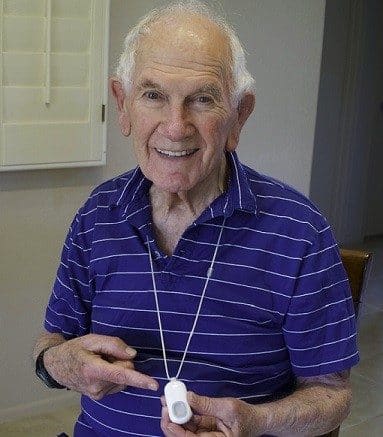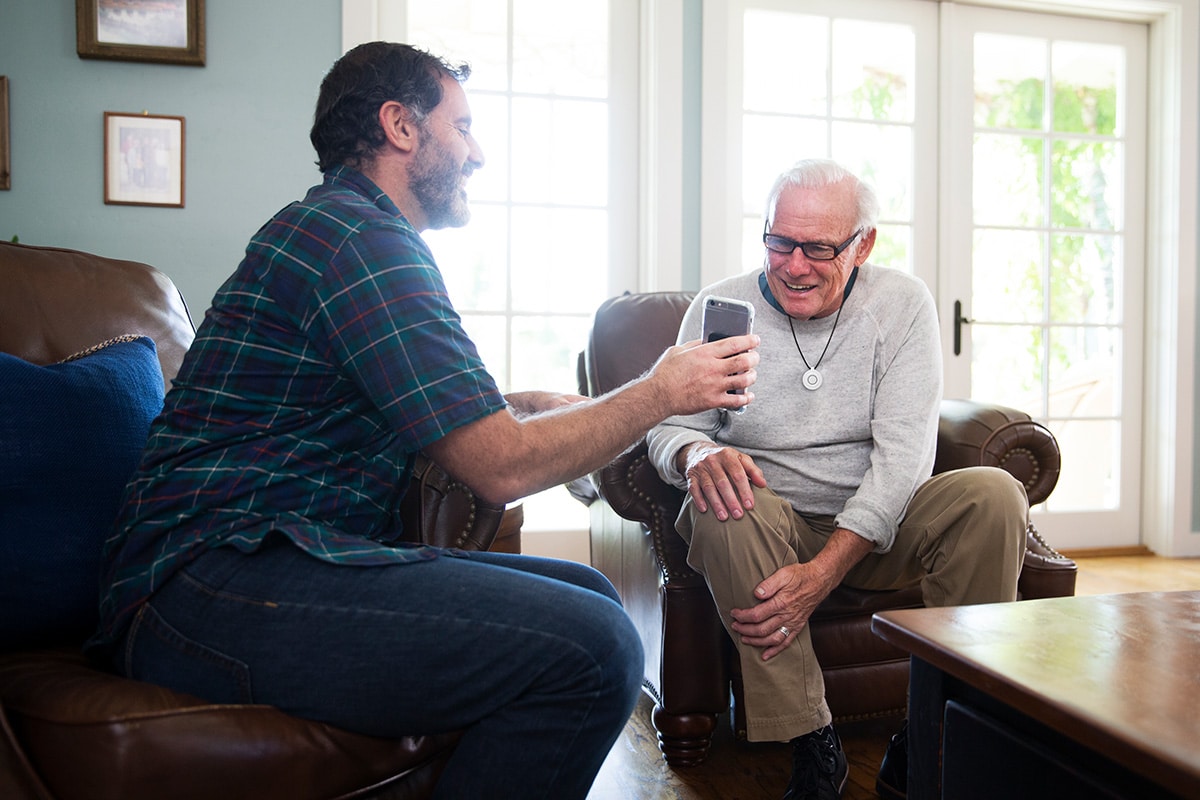Any history of medical alert systems begins with the story of Lifeline: how it was founded, its growth and success, and where the company and its products are now. Producers of personal emergency response systems number in the dozens, but their medical technology owes its origins to Lifeline.
The History of Lifeline
In 1972, gerontologist Andrew Dibner conceived of the idea for an emergency response system in answer to his own question, “What would an elderly person do if he or she were alone but needed help?” Two years later, Dibner’s concept became a reality when he and his wife, sociologist Susan Dibner, established Lifeline Systems, Inc.
Dedicated to finding solutions that support the independence of older adults, the Dibners initially marketed their system to consumers. When the Dibners stepped back from the company several years later, a new strategy was implemented: marketing primarily to hospitals. Older adults have higher incidences of medical problems and use hospitals more frequently, so these institutions served as ideal platforms. Call systems were marketed to hospitals and other health centers nationwide, and healthcare professionals at these institutions rented call buttons — in the form of either a pendant or bracelet — to their patients.
Other manufacturers caught on over the next couple of decades, while Lifeline continued to evolve its product offerings.
Technological Evolution
The original Lifeline system required an individual to push a button on the device that would then place a call to the hospital Lifeline switchboard. The switchboard would first try to call the senior back. If he didn’t respond, the call center agent would reach out to emergency services as well as the senior’s emergency contact, who was typically a family member or sometimes a neighbor.
Early medical alert devices were bulkier than today, and their associated call centers were not always reliable. The devices also required a landline telephone and couldn’t be worn in the shower—one of the most likely places for a fall.
Today, these devices are waterproof, and they don’t necessarily require the wearer to press a button. Since 2006, this medical technology has become lighter and more comfortable to wear, and its performance and usefulness have dramatically improved. Systems can be set up and running in no time. Some of the technological features of a Lifeline system include:
- Automatic fall detection that relies on accelerometers and other sensors
- Automatic calling for help if a fall is detected and the wearer doesn’t press the button
- Auto-location technology linked to global positioning satellites (GPS) can detect an individual’s location
- Wireless technology that connects the device anywhere on the AT&T network and is programmed to access millions of pre-identified Wi-Fi® hotspots
- Rechargeable lithium batteries that extend the life of the call buttons and enhance their portability
- An audio alarm that’s loud enough to attract attention over great distances
Lifeline products are no longer just marketed to hospitals, and these hospitals no longer operate Lifeline call centers. Instead, Lifeline has a dedicated call center staffed around the clock. And seniors can choose from HomeSafe and On the Go systems that allow them to call for help from any place in their home or practically anywhere they travel.




